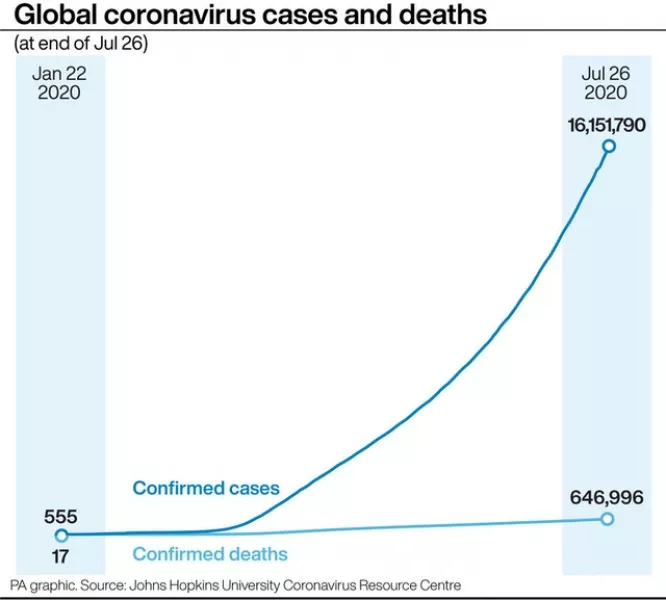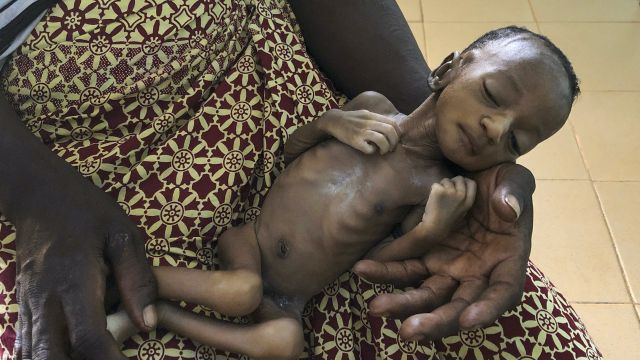More than 550,000 additional children each month are being struck by what is called wasting — malnutrition that manifests in spindly limbs and distended bellies – said the UN report shared with the Associated Press ahead of its publication in the Lancet medical journal..
Over a year, that is up 6.7 million from last year’s total of 47 million. Wasting and stunting can permanently damage children physically and mentally, transforming individual tragedies into a generational catastrophe.
“The food security effects of the Covid crisis are going to reflect many years from now,” said Francesco Branca, the World Health Organisation head of nutrition. “There is going to be a societal effect.”

From Latin America to south Asia to sub-Saharan Africa, more families than ever are staring at a future without enough food. The analysis found about 128,000 more young children will die over the first 12 months of the virus.
In April, World Food Programme head David Beasley warned that the coronavirus economy would cause global famines “of biblical proportions” this year. There are different stages of what is known as food insecurity – famine is officially declared when, along with other measures, 30% of the population suffers from wasting.
The rise in child deaths worldwide would reverse global progress for the first time in decades. Deaths of children younger than five had declined steadily since 1980, to 5.3 million around the world in 2018, according to a Unicef report. About 45% of the deaths were due to under-nutrition.
The leaders of four international agencies — the World Health Organisation, Unicef, the World Food Programme and the Food and Agriculture Organisation — have called for at least 2.4 billion dollars (£1.8 billion) immediately to address hunger.
Even more than the money, restrictions on movement need to be eased so families can seek treatment, said Victor Aguayo, the head of Unicef’s nutrition programme.







